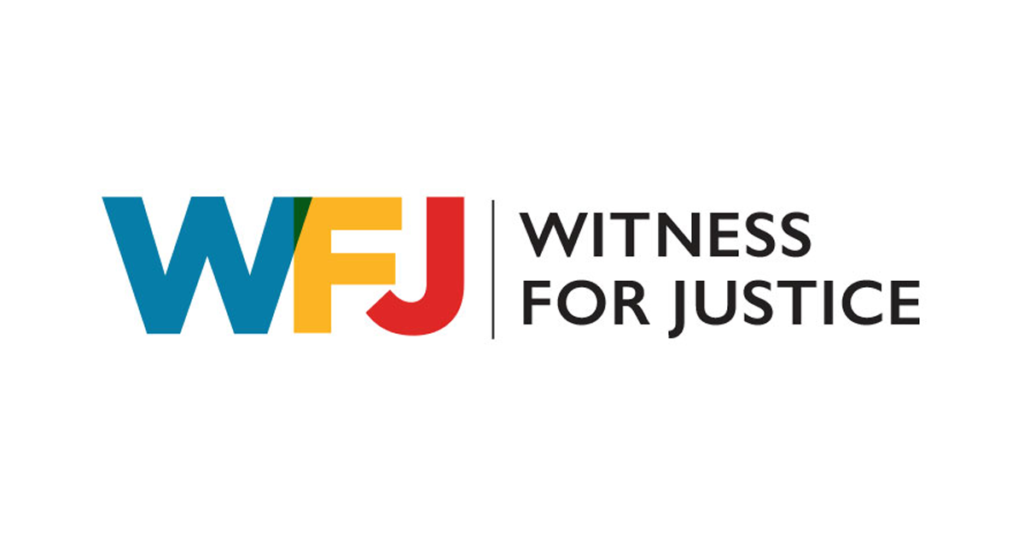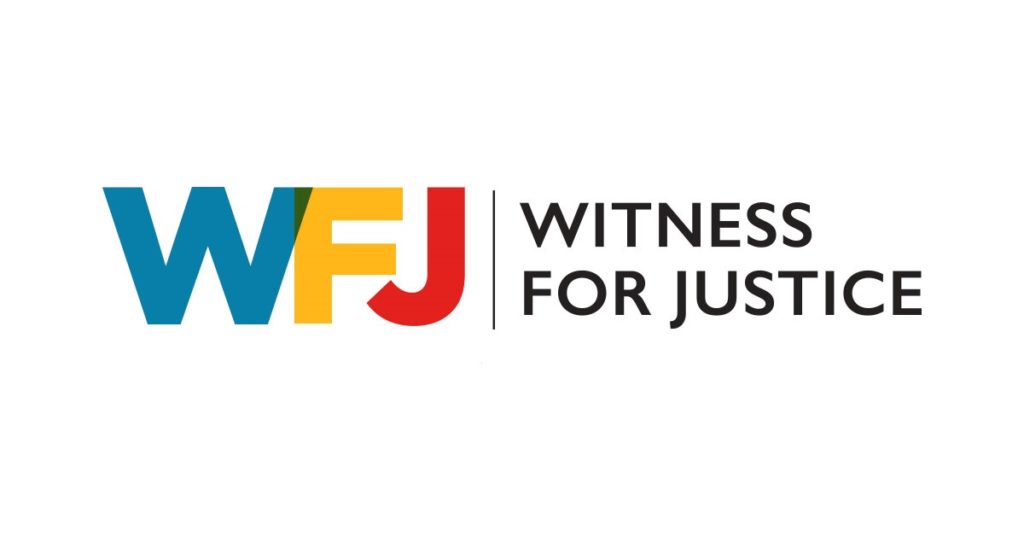The Shutdown Isn’t Over Even When It’s Over

At the time of this writing, it is day 28 of the partial federal government shutdown, now the longest in history. Even if the shutdown ends at the time this piece is published, or any time in the near future, the impact will be felt for months and years to come. It isn’t over, even when it’s over, and the longer it lasts, the more damage will be done.
Critical services that impact daily life have been suspended or sharply curtailed, including disaster relief assistance, food safety inspection, airport security, national park maintenance, forest services including wildfire prevention, and needed transportation projects.
Some federal workers continue to work without pay; others are filing for unemployment, seeking assistance at local food panties, negotiating rent payments and medical bills. Federal contract workers, including those who clean the House and Senate office buildings and work in building cafeterias will not receive any back pay.
As is often the case with political impasse and maneuvering, the most vulnerable communities bear the harshest impact of the shutdown. Native American communities were among the first to feel the heaviest impact of the shutdown, with immediate cuts to health services, as well as housing and food assistance.
Although some programs continue to provide food and housing assistance to low-income families, the longer the shutdown continues, local agencies that partner with federal contracts to provide services will begin to feel the budget strain.
As the shutdown grinds on, agencies and services for domestic violence survivors will be severely curtailed. Some shelters and crisis intervention teams are faced with the looming prospect of cutting staff. Some shelter workers are paying for supplies out-of-pocket even as they face the possibility of losing their jobs.
Largely flying under the radar screen of public attention is the impact of the shutdown on federal scientists who are forced to suspend critical research and miss conferences that provide them with necessary data in the areas of agriculture, weather forecasting and climate shifts , environmental protection, and air and water quality to name just a few. It will take many weeks and months to recover from the interruption.
The stories of federal workers impacted by the shutdown have been prominent in the Washington area news media, but the reality is that 85 percent of the federal government workforce works and lives outside the Washington Beltway. The shutdown is a reminder – at great expense – that we, the people, are the government. The government is not some shadowy entity on the edges of everyday life. What we often dismiss as “the government” is the way we order our common life. It is of the people, by the people and for the people.
At the center of the shutdown impasse is the President’s $5.7 billion demand for a border wall, an ill-conceived, short-sighted attempt to address issues around immigration. Yet there is no sign of meaningful conversation happening around substantive, actionable, humane and just immigration reform. The government shutdown is not a policy statement – it is a failure of governance. And it is the real threat to national security.
We the people can and should lift our voices and demand a return to governance that reflects our core beliefs and values as a nation.
Sandy Sorensen is Director of the Washington Office for the United Church of Christ.
View this and other columns on the UCC’s Witness for Justice page.
Donate to support Witness for Justice.
Click here to download the bulletin insert.
Related News
O Holy New Year
As we move into another new year, I find myself with an ear worm of lyrics from O Holy Night,...
Read MoreResisting the Temptation of Numbness
2025 was a long year. For many of us, looking back over the past months repeatedly prompts the...
Read MoreCelebrating Diversity, Equity, Inclusion, and Accessibility
In the beautiful diversity of humankind, we are invited to celebrate diversity, equity,...
Read More
